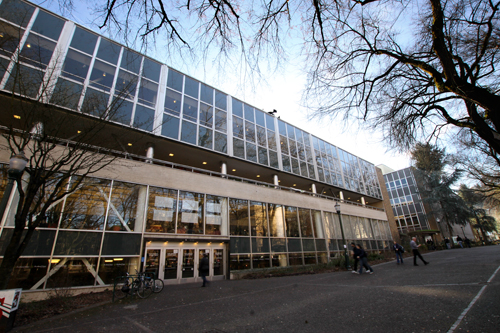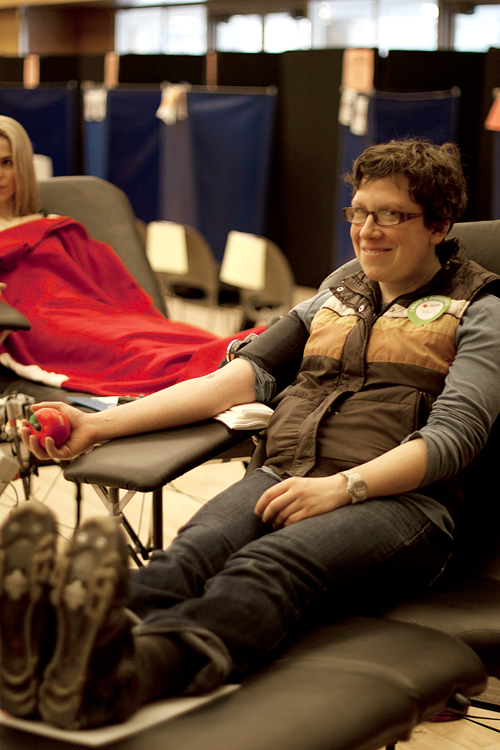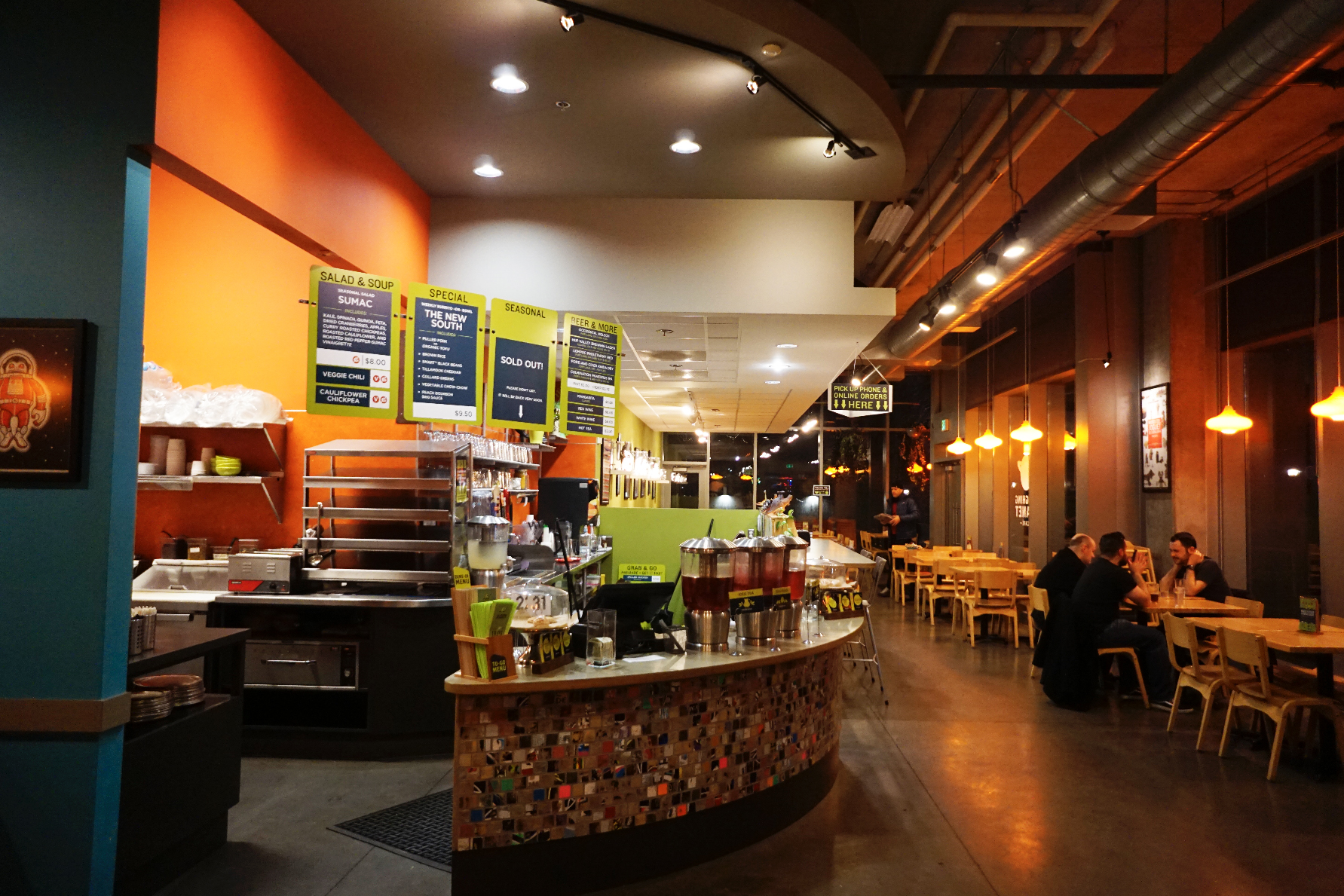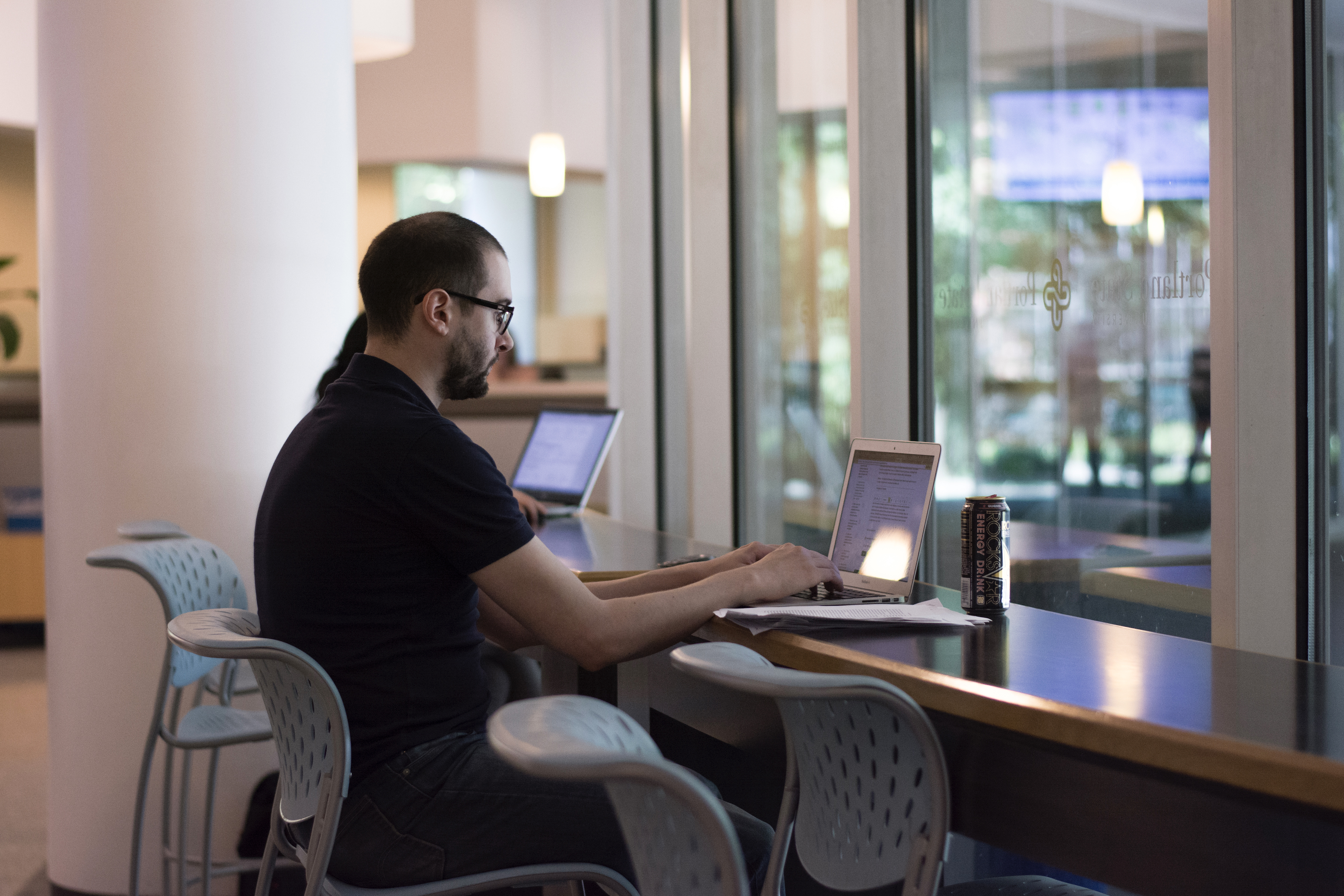The Smith Memorial Student Union Feasibility Study—charged with determining how to maximize the student union’s usefulness to current and future Portland State students and with presenting options for renovations and rebuilding of Smith—will culminate before the end of winter term in an open house, during which students and staff can view the SMSU redesign proposals and provide feedback.
Proposal for SMSU renovations unveiled soon

The Smith Memorial Student Union Feasibility Study—charged with determining how to maximize the student union’s usefulness to current and future Portland State students and with presenting options for renovations and rebuilding of Smith—will culminate before the end of winter term in an open house, during which students and staff can view the SMSU redesign proposals and provide feedback.
“This has the potential to significantly change the face of the university for the better and make major improvements in student life,” said Ben Weber, PSU’s assistant campus planner and the primary contact for the SMSU Feasibility Study. “For the unique mix of on-campus and commuter students, the union needs to provide a variety of services. On a campus that is beautiful, but clearly not architecturally consistent, a future union can unify the campus and serve at its heart.”
The open house was originally slated to take place in January, but was re-scheduled for Feb. 15. The date has since been pushed again, and although by press time no official re-scheduling information had been released, the open house will likely take place in late February or early March, according to Weber.
The Feasibility Study, or 2020 Student Union Project, was launched in early 2011 thanks to a one-time, $150,000 allocation supported by several PSU departments as well as by then-ASPSU President Katie Markey. Markey moved to fund the project with some of last year’s ASPSU payroll savings, according to current Student Fee Committee chair Mart Stewart-Smith.
Once the Feasibility Study convened, consulting firms nationwide bid for the project. Ultimately, Chicago-based architectural firm Perkins + Will, in partnership with Dull Olson Weekes, was selected because of their proven expertise and experience with campus planning, impressive catalog of student union projects at other universities and thorough understanding of the project needs, Weber said.
Perkins + Will designed student union buildings for the University of Washington, Stanford and Texas A&M, among others. The firm also has previous ties to Oregon and the OUS; it designed the master plan for OHSU’s Schnitzer campus as well as the joint PSU-OSU-OHSU Life Sciences Collaborative Building, which recently broke ground in Portland’s South Waterfront district.
Last month, the 2020 Student Union Project’s Steering Committee issued a report presenting the results of a November 2011 to January 2012 online survey of student, staff and visitor opinions on the current SMSU building.
Nearly three quarters of the 458 respondents said they’d visited SMSU in past week, compared to the 59 percent who had been to Neuberger Hall and the 51 percent who had been to the library. Lounge space, the University Market convenience store and first-floor dining options (the Viking Food Court and Subway) were identified as the three current SMSU amenities most frequently utilized by survey respondents.
Amenities not currently available in Smith that were highly rated by survey respondents and determined by the Steering Committee to be potentially worthwhile additions to the building include a more defined coffee shop, more grab-and-go food options, a copy center and 24-hour access to some parts of the building.
The design proposals will directly address many of the most prevalent complaints about the current Smith building, which include “a lack of study and work space, confusing navigation and movement between floors and locations, too much space dedicated to non-student uses such as conference space and administrative offices, poor food options and an outdated, unattractive appearance,” Weber said.
Though tutoring and academic services were ranked highly as an important feature of SMSU by survey respondents, the university is actually in the process of moving those services from Smith to the Millar library.
“We are moving primarily because we received an opportunity from the SFC to move out of Smith and give this space back to students and move to a space more closely tied to academics,” said Nicholas Rhodes, office manager of the Student Learning Center. “It makes more sense for us to be there.”
According to Rhodes, the move will be complete sometime in late February, early March or, at the latest, during spring quarter. And although Smith will be losing academic services, the move may be freeing up space for another highly-ranked feature of the student union: lounge space.
“To the extent I have been privy to the discussion, the SFC has been assured that the space vacated by the Learning Center will be available for student use. It may become a lounge, but that’s only part of the discussion,” SFC chair Stewart-Smith said.
Although there is still no guarantee that the university will elect to pursue structural changes to Smith, the proposals offered by Perkins + Will will be much more involved than shuffling around student services.
“We recognize that all scenarios have a price tag and that cost will be a major factor in guiding any renovation or rebuild that occurs in the future,” Weber said. For that reason, he noted, the Feasibility Study will present a wide range of remodel and rebuild options, and their associated costs.
“This information will allow PSU decision makers to understand the broad range of minor, moderate or extensive renovations or rebuild possibilities and the associated timelines and costs incurred by various scenarios,” Weber said.
However, “it is important to us at PSU to see examples of what the most aspirational and completely-developed future scenarios could be,” he said. “To that end, the consultants are developing two primary alternatives that reflect the most ambitious possibilities. Scheme A proposes an extensive renovation to Smith, while Scheme B outlines a complete demolition and rebuild of a student union on the same location as the current Smith. The open house will present in detail both of these schemes.
“No single department or group has final decision authority,” Weber said. “The PSU student body will be the single most important group in supporting or not supporting future changes in the union because the services and amenities provided in any updated union will be more emphatically focused on student needs.”
The open house date and location will be publicized once they become available.







